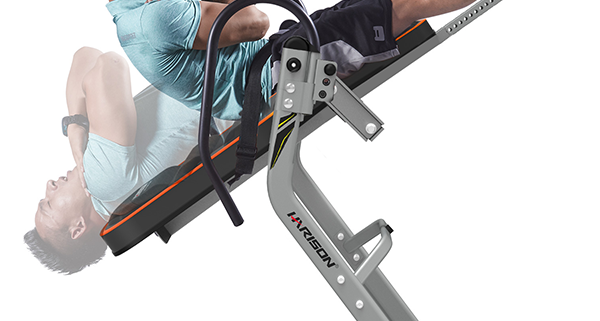How to Relieve Low Back Pain
One of the most important reasons for low back pain is the forward tilt of the pelvis.
The pelvis is a very important part of our whole body, which has the function of connecting the upper body and the lower body; it is close to the center of the body and needs to bear the weight of the upper body and control the activities of the lower body.
However, due to some bad habits in our daily work and life, such as sitting for a long time, our abdominal muscles are elongated, and our back muscles are too tight. This looseness and tightness creates a pressure difference and causes pelvic tilt.
The tilted pelvis will contract the lumbar muscles, which will compress the lumbar nerves and cause low back pain.
In addition, if the muscles from the waist through the back to the shoulders become stiff, it affects blood circulation and causes shoulder pain.
In order to improve this situation, we must stretch those tight muscles while strengthening and activating the long-term dormant abdominal muscles and gluteus maximus.
4 Steps to Relieve Low Back Pain
Step 1: Relax Waist
Bend forward and downward
First, stand up straight and start slowly from the head forward, then drive the neck down, and then bend down the thoracic spine. Then the hands are naturally vertical and the lumbar spine bends down until the hands touch the ground. Friends with a stiffer body can bend their knees slightly to fully stretch the lumbar spine.
When recovering, the order is reversed, starting with the lumbar spine and going up section by section.
Breathe Like a Cat
Kneel your knees on the mat first, spread them hip-width apart, and do a quadruped position. While inhaling, lift your belly down and hips. When you exhale, look at our tailbone with your eyes and arch your back and waist.
Step 2: Training Abdominal Muscles
One of the best ways to train your abdominal muscles is to roll your belly. Before you roll your belly, let’s learn how to use abdominal breathing.
Abdominal Breathing
Lie flat on the mat, with your legs bent, one fist distance between your legs, and your palms on your belly button to feel the breathing changes. First, when you inhale, your belly quickly bulges. Before exhaling, hold back your urine and levator anus, and then spit out all the air in your belly.
Curl Belly
Lie flat on the mat, with your legs bent, one fist distance between your legs and one palm distance below the waist, cross your shoulders with your hands or your palms to support your head. When you exhale, lift your body up and roll up your abdomen, inhale and return your body to the starting position. When curling, the lower back is always close to the ground, and the upper back only needs to be off the ground for a short time.
Step 3: Training the Hip Muscles
There are three main functions of the buttocks: contraction and lengthening, abduction and internal rotation. Therefore, all the three functions of the buttocks can be practiced.
Step 4: Training the Hamstrings on the Back of the Thigh
Lie on the mat with your feet open and hip-width apart. When you exhale, bend your knees upwards and retract, and when you inhale downwards, do not touch the ground with your feet.
The advanced action is to raise the entire leg, including the knees, exhale upward and inhale downward.
The posture is not only the beauty of the image, but more importantly, it affects the health, corrects the posture, and returns the body to health.





Leave a Reply
Want to join the discussion?Feel free to contribute!